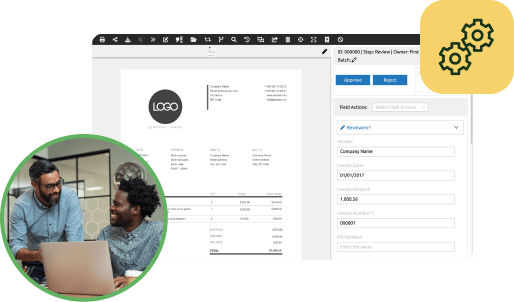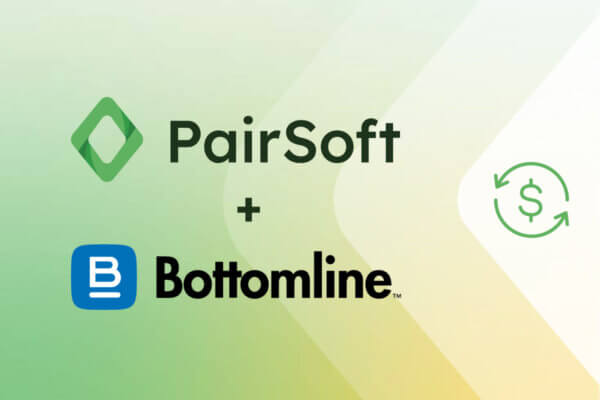
Document management leaders face a difficult situation. The work they do is highly specialized, to the point that many executives may not understand the full scope of what they do. Something like processing paper invoices feels like a massive inefficiency in the document management world, but an executive sees it as something that takes just a few minutes and not a priority to the business. Selling executives on workflow automation and going paperless hinges on helping them see the full inefficiency of traditional, manual paper-based processes.
Getting executives on board is possible in a variety of ways, but there are three that are especially noteworthy:
1. Highlight what other companies are doing
Executives must, at least to some degree, be somewhat risk averse by nature. They are responsible for the jobs of potentially hundreds or thousands of people, and taking a risk that hasn’t demonstrated momentum within the industry can be a tough sell. As such, getting executives to listen often involves showing how and why other companies are using new technologies. When it comes to workflow automation systems, there’s plenty of useful data out there. Based on a PayStream Advisors study:
- Approximately 41% of businesses are already using automated workflow tools and another 19% plan to do so in the next 12 months. That data is from a landmark 2015 study, so that market momentum has likely increased since then.
- Reducing labor and processing costs represents a dominant motivation for implementing workflow automation and electronic invoicing tools, with 54% of respondents citing these expenses as a factor.
- Another 31% pointed to fewer lost or missing invoices as key motivators behind their change, with 30% saying quicker approval cycles are pushing them to automate workflows.
Many businesses are making a move to paperless processes alongside workflow automation, and they are doing so to solve fairly universal problems that just about every organization has. Bringing this data to an executive can go a long way toward getting executives to take you seriously.
2. Eliminate paper-based pain points
Depending heavily on manual, paper-based processes creates a variety of problems for organizations, with key pain points including:
- Human error: Forms that get lost, include errors or are missing information can quickly derail operations.
- Excess paper: Dealing with large quantities of paper is not only expensive, but can also have an adverse impact on vendor relationships when those partners have begun moving toward digital procedures.
- Delayed and duplicate invoices: The slow, error-prone paper processes in invoice processes can cause vendors to send duplicate invoices by accident, leading to more calls, duplicate payments and similar problems.
- Staffing challenges: All of these issues with paper processes force organizations to introduce staff devoted to oversight and data entry, limiting productivity and making staffing increases necessary as new demands arise.
Going paperless for key processes, including electronic invoicing, addressing many of these challenges by eliminating data re-entry, simplifying collaboration between stakeholders and removing overhead.
3. Showcase ROI
All of these benefits are substantial, but many discussions about new technologies ultimately boil down to the potential return on investment. At PairSoft, we’ve taken our years of experience working with clients to calculate likely savings and ROI from our electronic invoicing system. To this end, we found that if an organization processes 1,500 invoices per month, it can expect to experience total savings of more than $50,000 in year one, with that figure gradually escalating to approximately $550,000 by year five. In this situation, the total cost of the implementation would be taken care of after just five months, with financial returns beginning to emerge within half a year.
Getting executive buy-in is critical when trying to implement a workflow automation system. Opening the conversation with big-picture discussions and eventually delving into ROI potential can help you communicate your needs in a way that will resonate with the C-Suite.
To learn how PairSoft can help your business capture, integrate and automate your business processes, please watch our personalized demonstration or visit our case studies page to read about our clients’ success stories.





